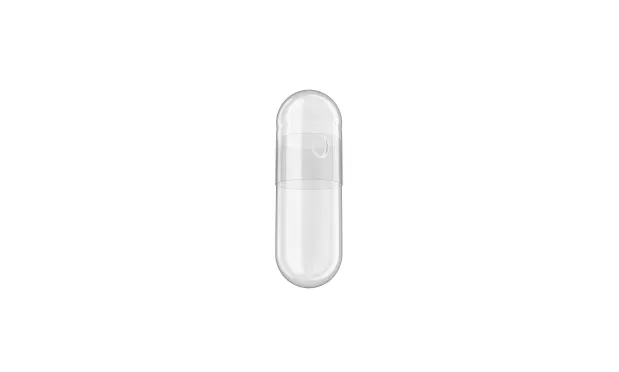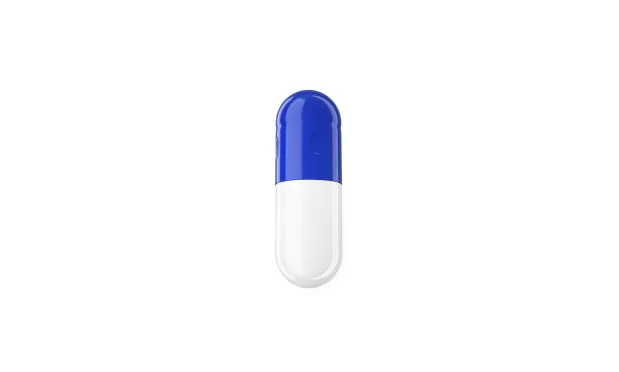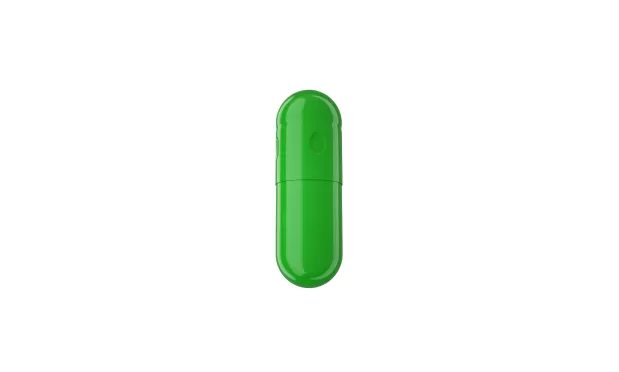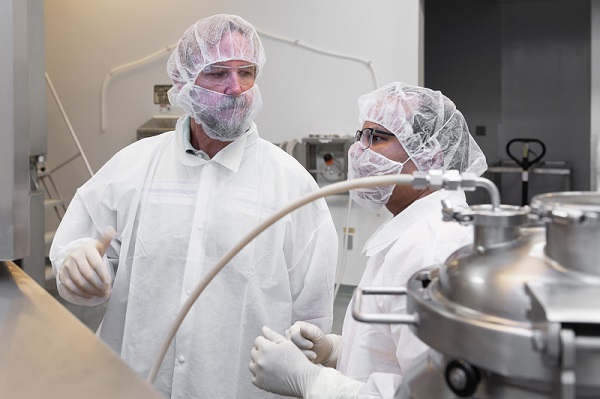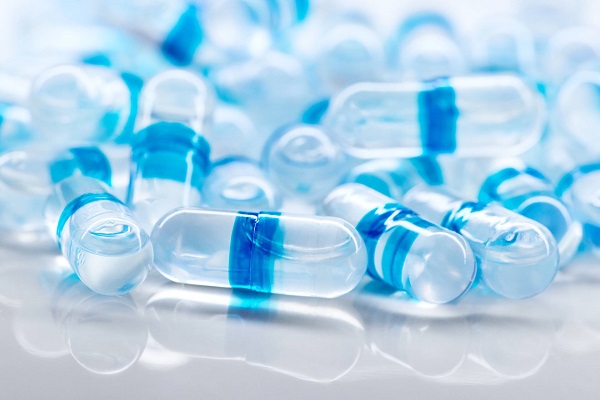The strategic advantage of HPMC capsules in modern pharmaceutical manufacturing
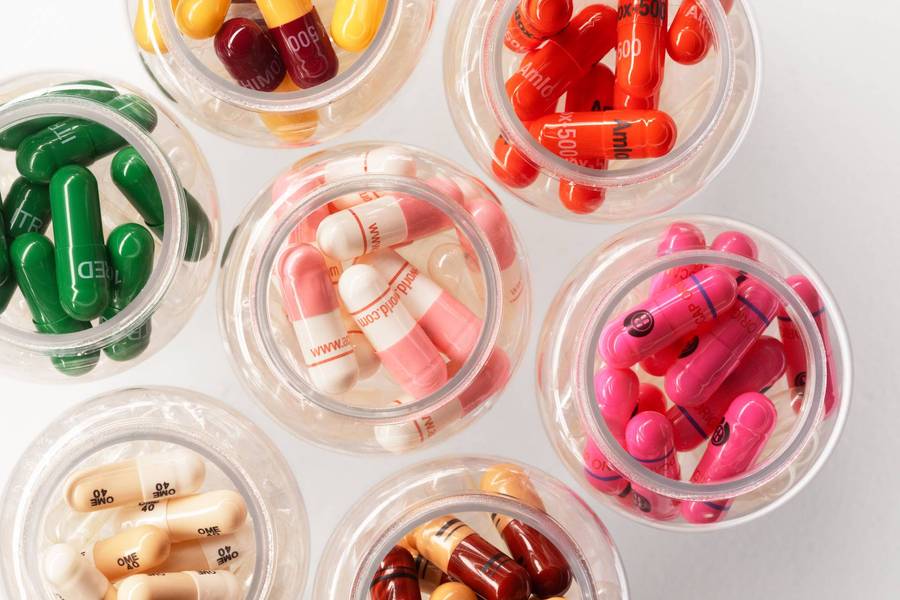
Formulation limitations of gelatin capsules
Despite their widespread use and numerous advantages, gelatin capsules present several significant challenges in pharmaceutical applications. The high inherent moisture content of 13-16% creates substantial compatibility issues with moisture-sensitive ingredients, often leading to stability concerns in the final formulation. They show particular susceptibility to adverse interactions with ingredients containing aldehydic functional groups, which can compromise the integrity of both the capsule shell and its contents. Furthermore, their animal origin raises concerns about Transmissible Spongiform Encephalopathy and Bovine Spongiform Encephalopathy (TSE/BSE), issues. These limitations have necessitated the development and introduction of alternative polymers for capsule shell manufacturing, driving innovation in the field of pharmaceutical delivery systems.
Hydroxypropyl methylcellulose (HPMC) capsules
Hypromellose or hydroxypropyl methylcellulose (HPMC), a plant-derived cellulose-based polymer, has emerged as an alternative to gelatin. With extensive use in pharmaceutical products as an excipient in various formulations and coating applications, HPMC effectively addresses many of gelatin's limitations. The polymer's versatility and safety in pharmaceutical applications have made it an increasingly popular choice for capsule manufacturing.
Moisture content
Moisture control is crucial in pharmaceutical products as water can promote degradation, making it one of the most significant challenges in pharmaceutical formulation. HPMC capsules demonstrate remarkable advantages through their lower inherent moisture content of 3-8% compared to gelatin's 13-16%. This significant difference in moisture content makes them particularly suitable for encapsulating hygroscopic and moisture-sensitive drugs.
HPMC capsules maintain their elasticity and shape even in low humidity environments, offering superior stability under varying relative humidity conditions. This is particularly crucial for maintaining product integrity throughout the handling, manufacturing, storage, and distribution phases of the pharmaceutical supply chain.
Cross-linking
The presence of proteins and amino acids in gelatin can cause it to undergo cross-linking reactions, including the Maillard reaction. These reactions can occur particularly when free amino groups interact with carbonyl groups originating from the reduction of sugars, degradation products, or other sources in the capsule fill. Crosslinking may affect capsule solubility and disintegration, and can also potentially impact drug release rates. As a cellulose derivative, on the other hand, HPMC lacks proteins and amino acids, and so avoids cross-linking. This stability ensures consistent solubility and drug release rates throughout the product's lifecycle, making HPMC capsules particularly stable for long-term storage.
Mechanical properties
The mechanical resistance and stiffness of two-piece capsules are crucial factors in their machinability and robustness during handling, production and packaging processes. The mechanical properties of HPMC capsules make them suitable for pharmaceutical manufacturing and processing. These capsules maintain robust mechanical strength, while exhibiting consistent elasticity independent of the relative humidity.
The Elastic modulus or Young's modulus - which measures a material's elasticity by calculating the ratio of compression stress to compressive strain - reveals key differences in how humidity affects different capsule materials.
On comparing the Young's modulus of gelatin and HPMC capsules against relative humidity (RH), the decrease in Young’s modulus seen for gelatin capsules is significantly larger increasing relative humidity as against HPMC capsules. This means gelatin capsules considerably lose their rigidity in humid conditions, while HPMC capsules better maintain their structural strength across varying humidity levels.
Dissolution characteristics and manufacturing
While gelatin capsules show consistent in vitro dissolution across pH levels, HPMC capsules show variable dissolution profiles at different pH levels. This variability can be a limitation for certain formulations at specific biological pH media. However, recent technological advances have successfully addressed this limitation through innovative manufacturing processes, particularly through the development of advanced thermogelation techniques.
The conventional HPMC capsule manufacturing process is adapted from gelatin capsule production. The process begins with dipping cold pin bars into hot HPMC solution, followed by gelation at low temperature. This method requires the addition of gelling agents such as carrageenan, gellan gum, or pectin, along with gel promoters including potassium, calcium, or sodium ions. The incorporation of these additional components is necessary because HPMC, unlike gelatin, does not naturally gel at cold temperatures, necessitating a more complex manufacturing process.
A newer and advanced manufacturing approach called thermogelation has transformed next-generation HPMC capsule production. Unlike gelatin, which gels at low temperatures, HPMC remains liquid when cool and only gels at high temperatures. This innovative process harnesses HPMC's inherent high-temperature gelling properties by dipping hot pin bar in cold HPMC solution. The method harnesses the temperature-dependent rheological behaviour of HPMC polymer, eliminating the need for additional gelling agents and promoters. This simplification of the manufacturing process results in capsules containing only HPMC and water.
Unlike regular HPMC capsules, thermogelled HPMC capsules exhibit pH-independent in vitro dissolution with consistent performance across varying ionic strengths of the dissolution media that is comparable to gelatin capsules. Due to thermogellation, the capsule formulation is free of gelling agents, which minimises the risk of interactions with dissolution media and contributes to consistent drug release profiles.
TSE/BSE risk
Unlike gelatin which is obtained from animal sources, the plant-based composition of HPMC capsules addresses both vegetarian and vegan dietary preferences and eliminates TSE/BSE risks entirely, making them suitable for a broader range of applications and market requirements.
Conclusion
The advent of HPMC capsules, particularly with the introduction of thermogelation technology, represents a significant advancement in pharmaceutical delivery systems. HPMC capsules offer improved stability, versatility, and performance while meeting modern dietary preferences and safety requirements. Low inherent moisture, enhanced chemical stability, and robust mechanical properties make HPMC capsules an increasingly attractive option for pharmaceutical manufacturers seeking to optimise their drug delivery systems.


 Go Back
Go Back